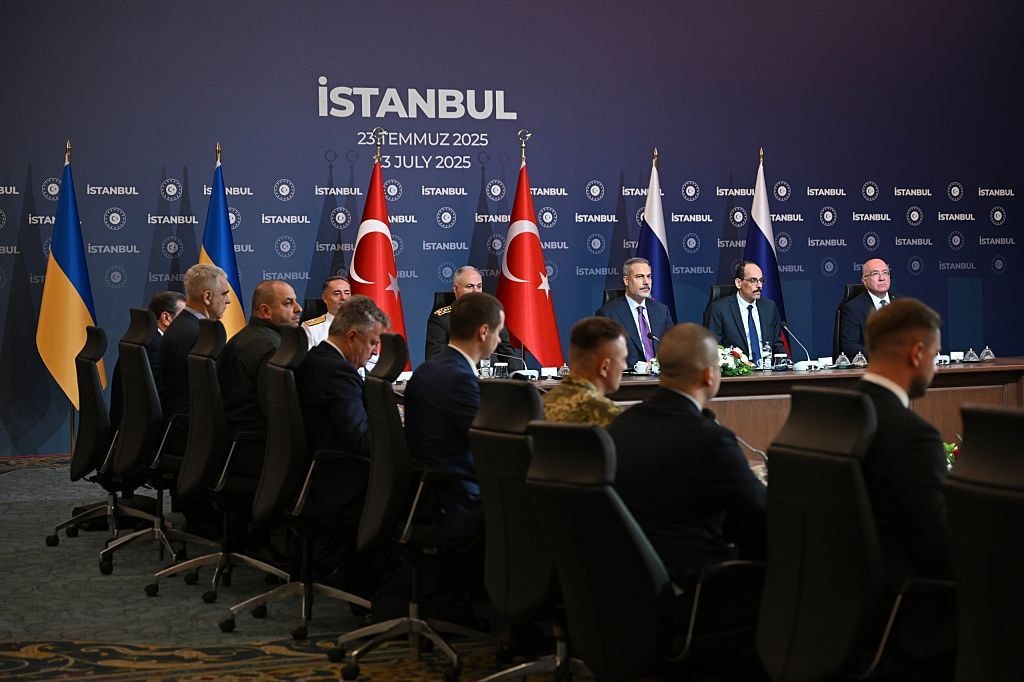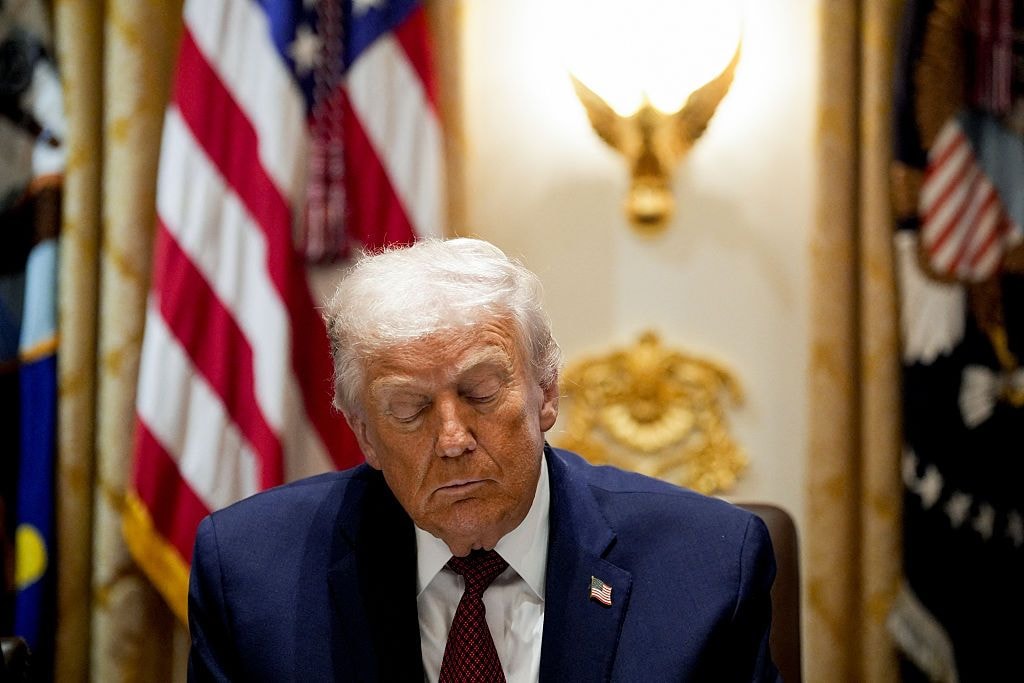Russia's military spending surpasses Europe's as Putin ramps up war budget, study finds

Russia’s military spending, driven by President Vladimir Putin’s efforts to put the country’s economy on a war footing, has now surpassed the combined defense budgets of all European nations, according to a new study.
In 2024, Russia’s total defense expenditures surged by 42% in real terms, reaching 13.1 trillion rubles. When adjusted for purchasing power parity (PPP)—which accounts for differences in what money can buy in different countries—this amounts to $462 billion, according to the data by the International Institute for Strategic Studies (IISS), the Financial Times reported.
By comparison, total defense spending across Europe, including the U.K. and EU member states, increased by nearly 12% last year to $457 billion, slightly trailing Moscow’s budget.
The IISS’s annual "Military Balance" report, which assesses global military capabilities and defense spending, highlights key security concerns for Europe—especially in light of the potential for reduced U.S. support for Ukraine and European defense.

U.S. President Donald Trump, who has pledged to bring Russia’s war against Ukraine to a swift conclusion, has stated that his administration engaged in "very serious" discussions with Moscow. He has also criticized the amount the US spends on the war and European security overall.
One of Trump’s main talking points has been Europe’s financial contribution to its own defense, including aid to Ukraine. According to the Kiel Institute for the World Economy, total U.S. assistance to Ukraine amounts to approximately 88 billion euros —about a third less than Europe’s total of 125 billion.
Trump has pushed for Europe to dedicate 5% of its GDP to defense, significantly higher than the current average of roughly 1.7 percent. Meanwhile, NATO Secretary-General Mark Rutte has called for a target of 3%. Either figure would see European defense spending surpass Russia’s by a significant margin.
The IISS projects that in 2025, Russia’s total defense expenditures—including "voluntary" contributions from regional governments and businesses—will grow by another 13.7 percent, reaching 15.6 trillion rubles. That would amount to 7.5% of GDP and nearly 40% of federal spending.
While this heavy military investment is straining Russia’s economy, IISS noted that "Russia can still bear the costs of war."
IISS added that if European defense spending were to rise to 3% of GDP, it would add an estimated $250 billion to current levels. At 5% of GDP, spending would increase by roughly $800 billion—almost double Russia’s current military expenditures.
However, IISS also pointed out that European military budgets have already grown by 50% since 2014, and "fiscal constraints may dampen [further] growth."
For example, Germany’s defense budget climbed 23% last year to $86 billion, surpassing the U.K.’s $81 billion for the first time in over 30 years.
Germany’s increased defense spending was largely due to one-time disbursements from a special military fund, and IISS warned that maintaining that level of funding remains uncertain. The country’s commitment to allocating 2% of GDP to defense by 2029—up from 1.8% currently—is also uncertain, according to the report.











